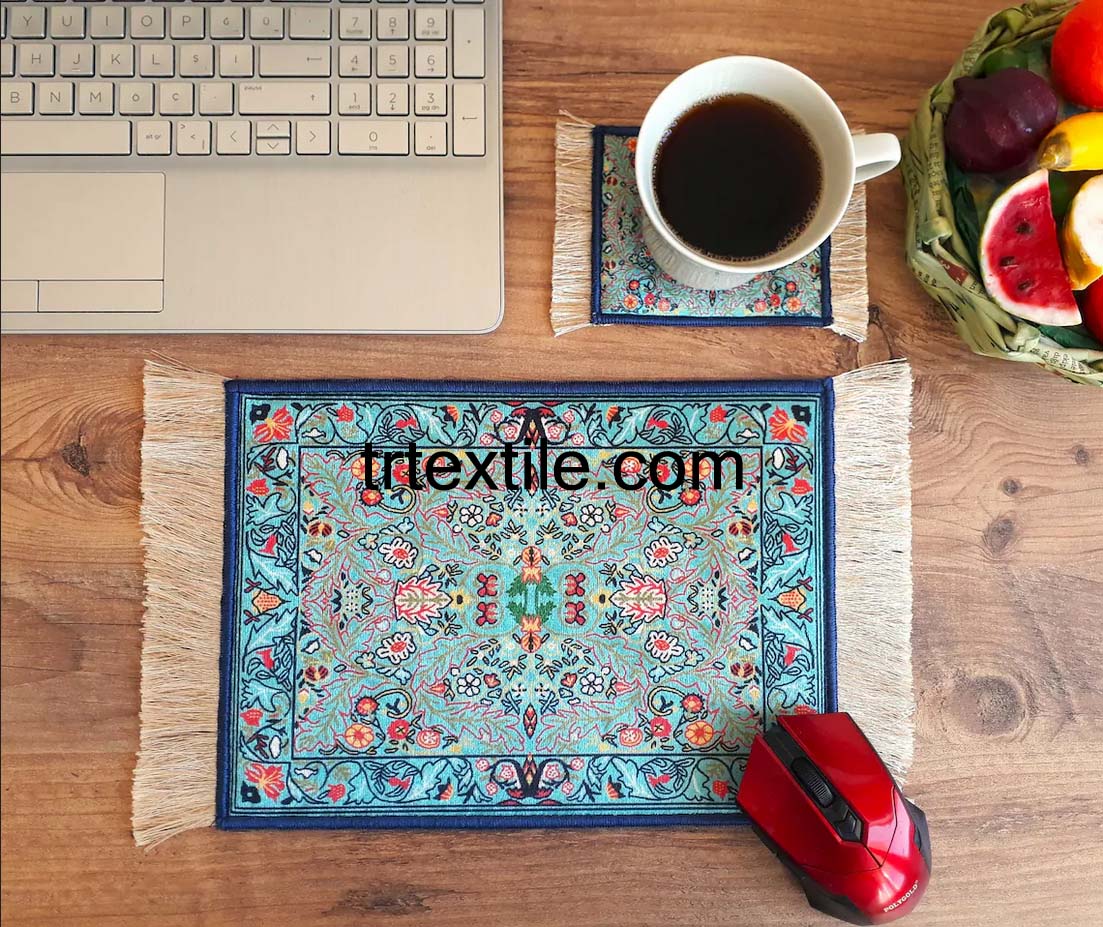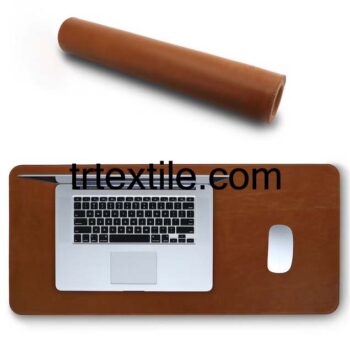Mouse pads are an essential accessory for anyone who uses a computer regularly. They provide a smooth surface for the mouse to glide on, making it easier to navigate the screen and perform tasks with precision. While many people may think of mouse pads as a simple and mundane accessory, the process of producing them is actually quite complex and involves several steps.
The first step in producing a mouse pad is to choose the material for the mat. Mouse pads are typically made from a variety of materials, including rubber, cloth, and plastic. Each material has its own advantages and disadvantages, so it is important to choose the right material based on the intended use of the mouse pad.
Once the material has been chosen, it is time to cut the mat to size. This is typically done using a die-cutting machine, which can cut the material into the desired shape and size with precision. The size of the mouse pad will depend on the size of the mouse and the amount of space available on the desk or work surface.
After the mat has been cut to size, it is time to apply the design to the surface of the mouse pad. This is typically done using a process called sublimation, which involves printing the design onto a special paper and then transferring it onto the surface of the mouse pad using heat and pressure. This process allows for high-quality, full-color designs to be applied to the mouse pad.
Once the design has been applied, the mouse pad is ready to be finished. This typically involves adding a non-slip backing to the bottom of the mouse pad to prevent it from sliding around on the desk or work surface. This backing is typically made from rubber or a similar material that provides grip and stability.
Finally, the mouse pad is ready to be packaged and shipped to customers. This typically involves placing the mouse pad in a protective sleeve or box to ensure that it arrives in pristine condition. The mouse pad is then shipped to retailers or directly to customers who have ordered it online.
Overall, the production of a mouse pad may seem simple, but it actually involves several complex steps that require precision and attention to detail. By choosing the right materials, cutting the mat to size, applying the design, adding a non-slip backing, and packaging the mouse pad properly, manufacturers can produce high-quality mouse pads that are both functional and visually appealing.




